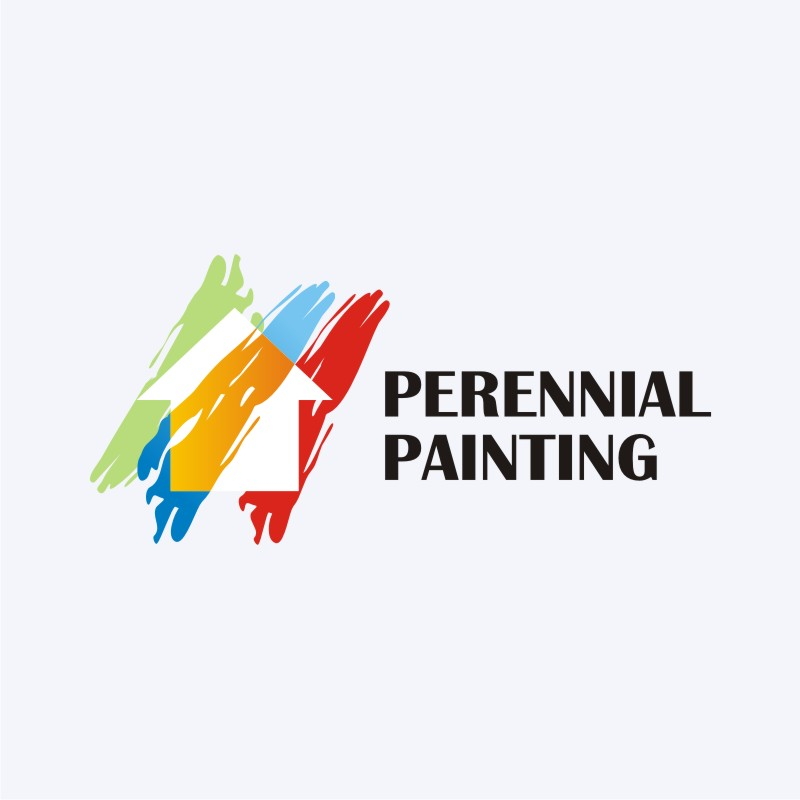Comprehensive Directions For Ready-Making Your Walls For Repainting
Comprehensive Directions For Ready-Making Your Walls For Repainting
Blog Article
Web Content By-Binderup Lindberg
When you're prepping your walls for painting, it's critical to adhere to a systematic process to ensure a remarkable coating. Start by analyzing the wall for any damages; this step can make or damage your project. As soon as you've determined any type of problems, cleaning the surface area properly is important, as an unclean wall can affect paint adhesion. After that, you'll need to spot any imperfections and apply a primer. However there are specific methods and ideas that can elevate your prep work game-- allow's discover those more to achieve the best results.
Assessing Wall Surface Problem
Before you grab your paintbrush, take a minute to evaluate your wall surfaces' problem. Check for any type of visible damages like splits, holes, or peeling paint. These imperfections can impact exactly how the paint adheres and looks when it's completely dry. If you discover any type of considerable damage, you'll need to prioritize repairs prior to diving into painting.
Look very closely at the texture of your walls. Is the surface area smooth, or exists structure that might call for unique consideration? Smooth wall surfaces typically need less preparation, while distinctive surface areas might require even more time to paint uniformly.
Likewise, think about the previous paint job. If the old paint is shiny, it mightn't allow new paint to stick effectively. You'll would like to know if your walls have actually been painted with oil-based or water-based paint, as this can influence your choice of primer or paint.
Finally, make note of any dampness concerns. If you see indicators of water damages or mold, address these problems immediately to prevent additional problems.
Cleaning the Surface
As soon as you've assessed the problem of your wall surfaces, the next step is cleaning the surface. Begin by collecting your supplies: a pail, warm water, a moderate detergent, a sponge or cloth, and a scrub brush for harder places.
Begin at the top edge of the wall surface and work your way down. Mix the detergent with cozy water in your bucket, after that dip the sponge or towel into the service. Wring it out to avoid excessive moisture on the wall surfaces.
As you clean, pay attention to locations that may've gathered dirt, grease, or finger prints. For persistent stains, make use of the scrub brush delicately to avoid damaging the paint under. Rinse your sponge or fabric often in tidy water to avoid spreading dust around.
After cleansing, https://erickvciou.therainblog.com/32223989/improve-your-home-s-appeal-the-must-have-inside-paint-color-styles-for-this-season to clean the walls with a moist fabric to remove any type of soap residue. This action ensures a smooth surface area for the brand-new paint to comply with.
Enable the walls to dry totally prior to carrying on to the next prep work steps. This complete cleansing procedure will assist produce a fresh canvas for your paint task, guaranteeing the very best outcomes.
Patching and Priming
Patching and priming are important steps in preparing your walls for a fresh coat of paint. First, check rosemary painting company portland oregon for any holes, fractures, or imperfections. Utilize a top notch spackling compound or patching paste to load these areas.
Apply the substance with a putty blade, smoothing it out so it's flush with the bordering surface area. Allow it to dry totally, and afterwards sand it lightly up until it's smooth and also.
As soon as you have actually covered every little thing, it's time to prime. Guide helps seal the covered locations, ensuring the paint adheres effectively and gives a consistent coating. Pick a guide ideal for your wall surface kind and the paint you'll be making use of.
Apply the guide utilizing a roller for larger areas and a brush for edges and sides. If your patched areas are considerably large or permeable, you could intend to use a 2nd layer of guide after the initial one dries out.
After priming, allowed everything dry thoroughly before moving on to painting. This prep work will not just enhance the look of your wall surfaces however additionally prolong the life of your paint job.
Take your time, and you'll be pleased with the outcomes.
Verdict
By following these basic actions, you can achieve a smooth and professional finish on your wall surfaces. Begin by evaluating their condition, after that clean and patch any kind of blemishes before using primer. Bear in mind to enable appropriate drying out time and make certain everything is smooth before you study painting. With the right preparation, you'll establish the stage for a stunning change in your space. Currently, gather your supplies, take in the fresh air, and get ready to paint!
